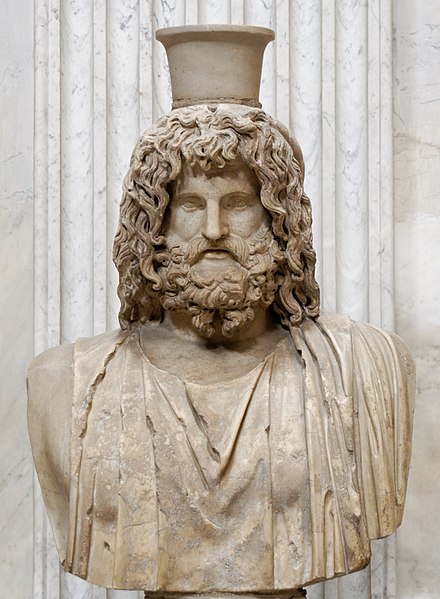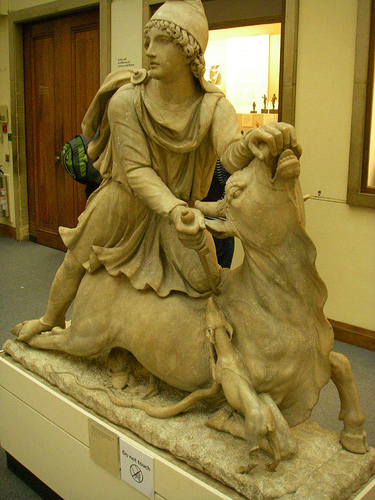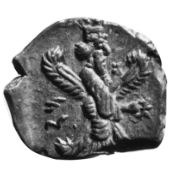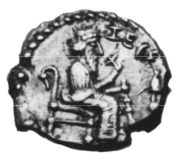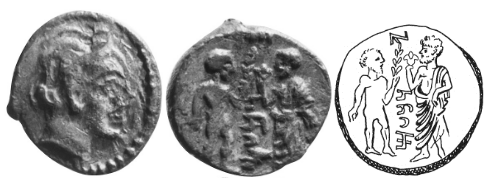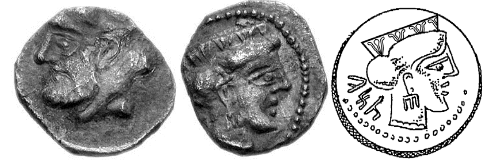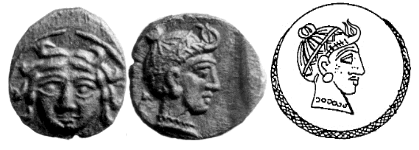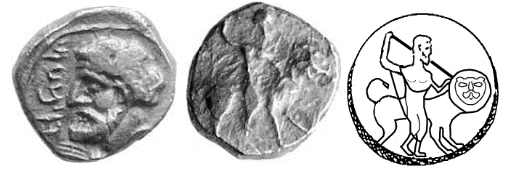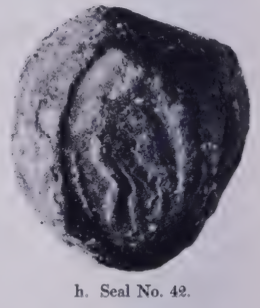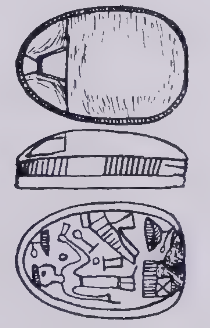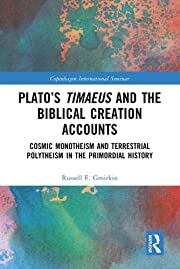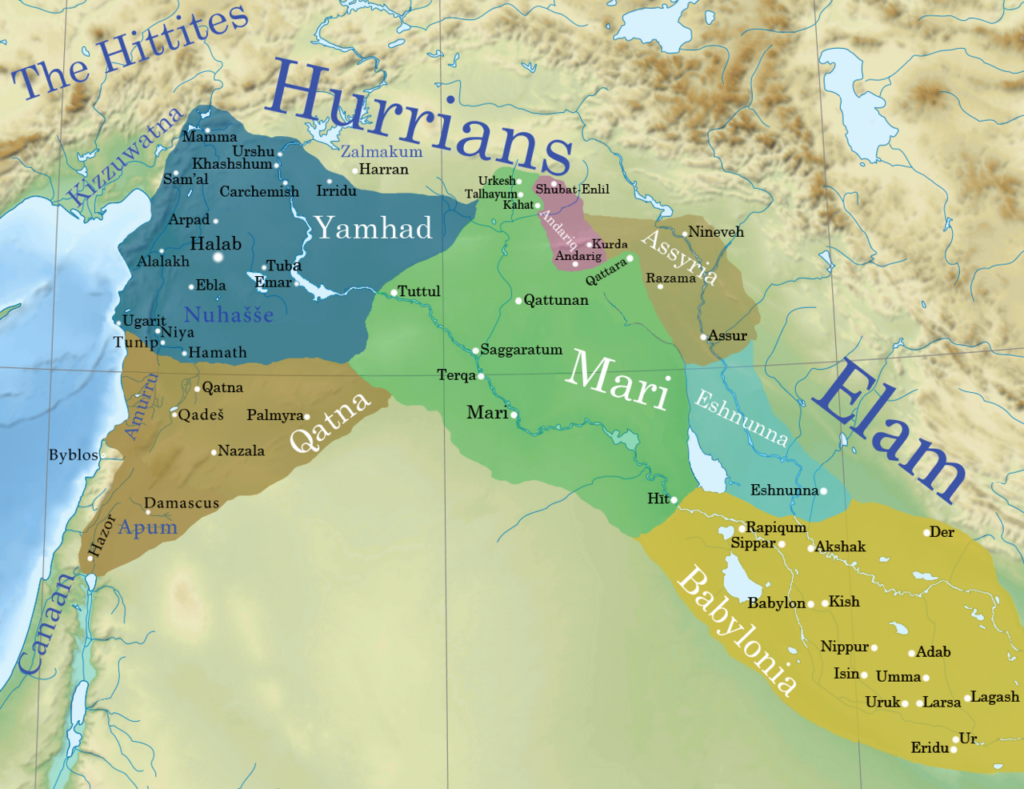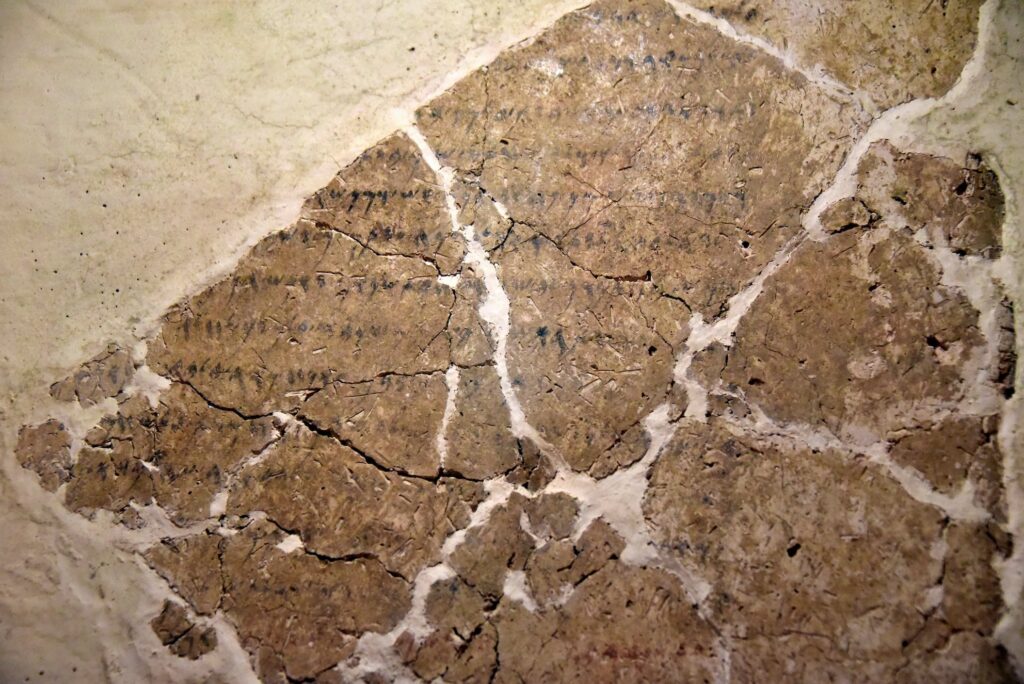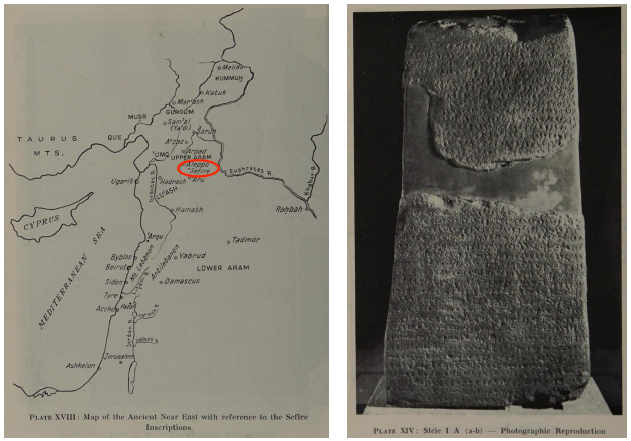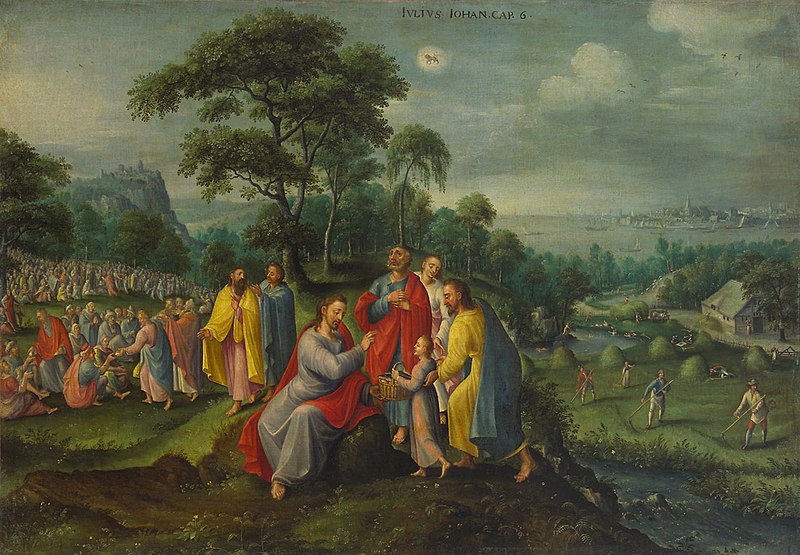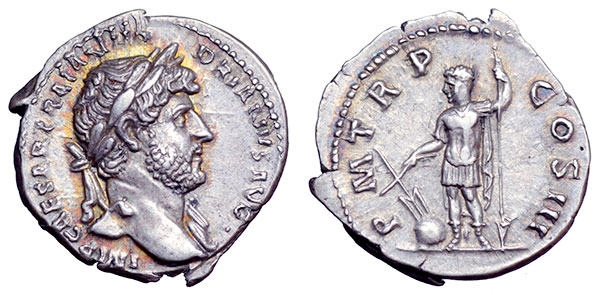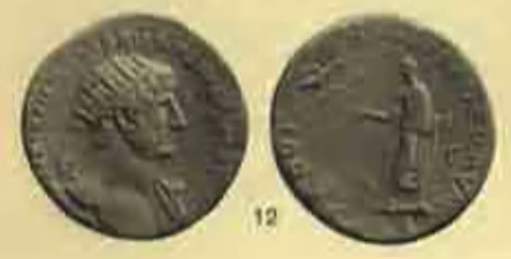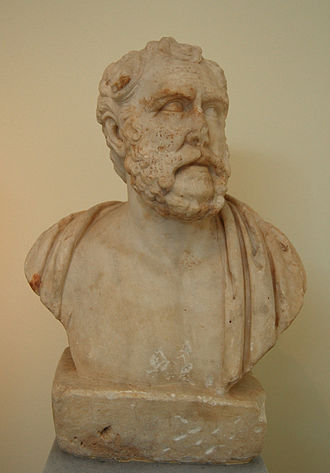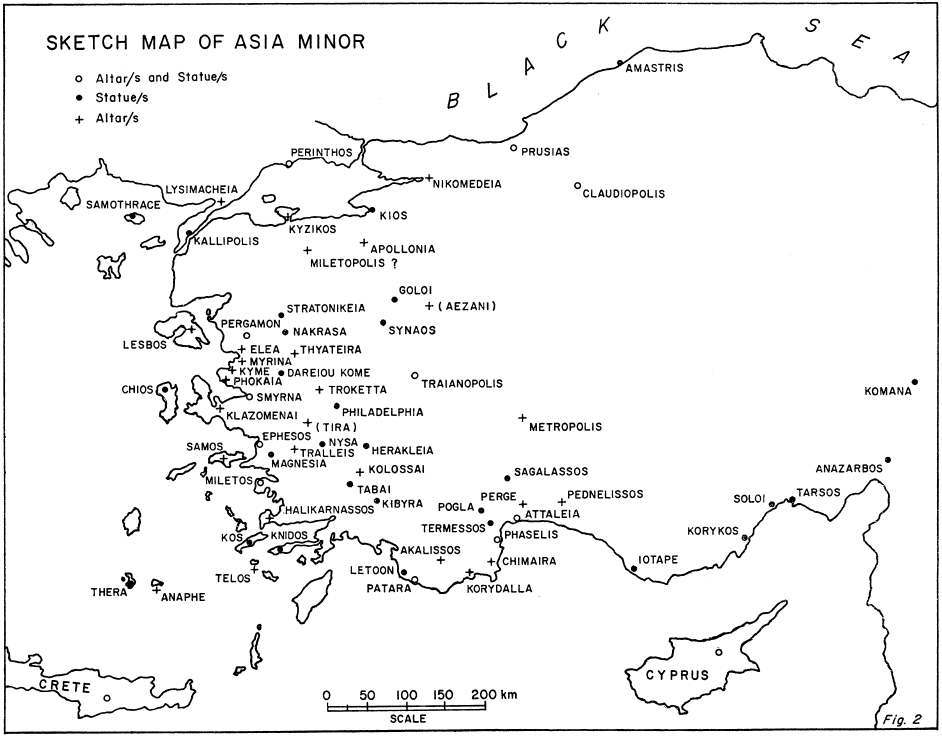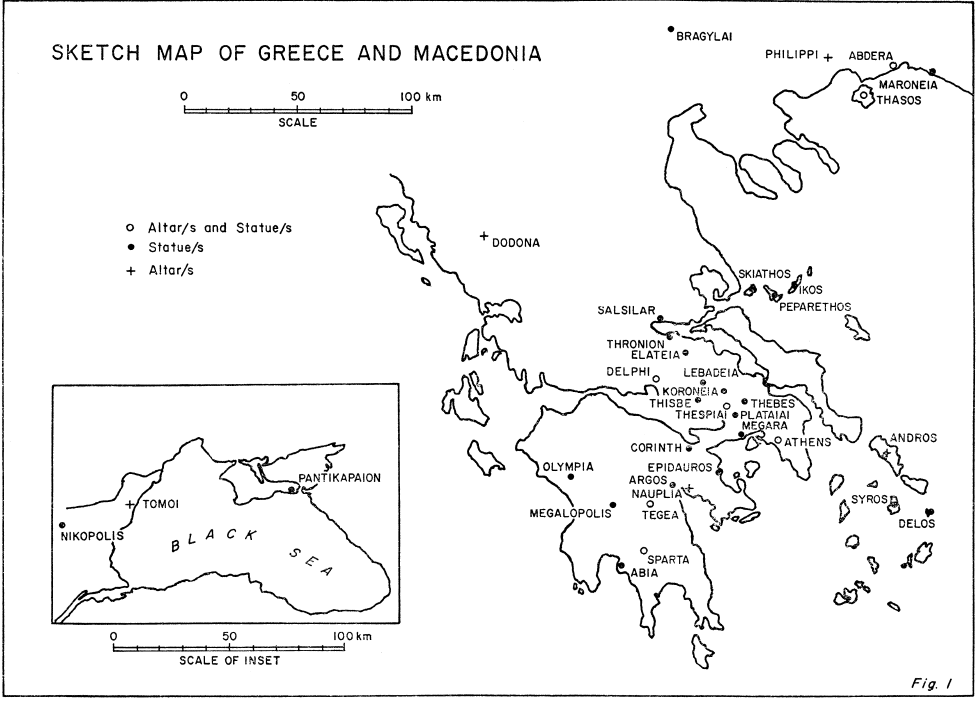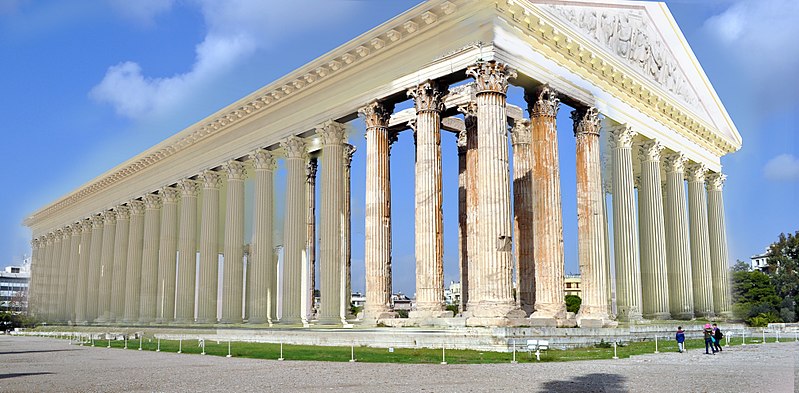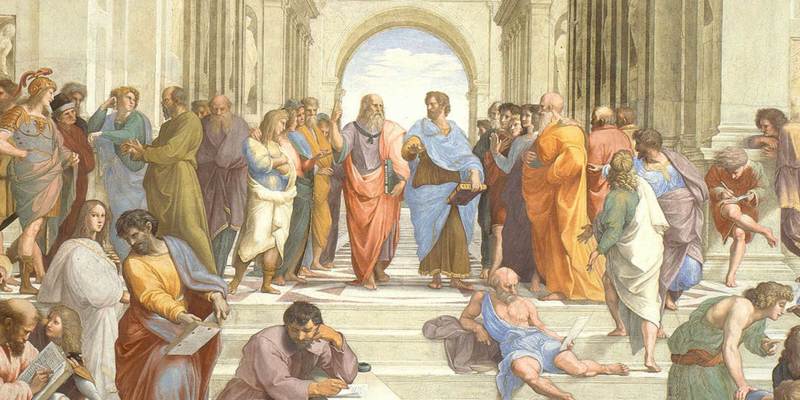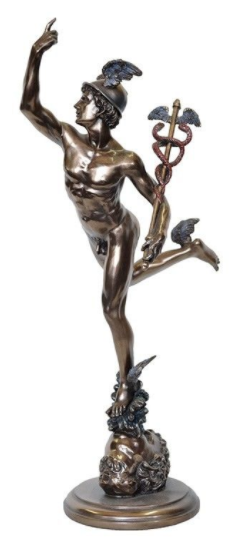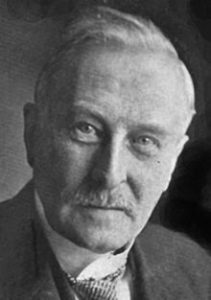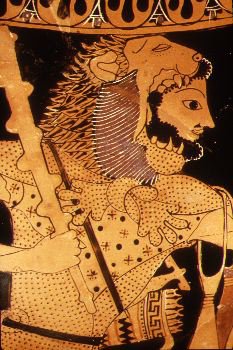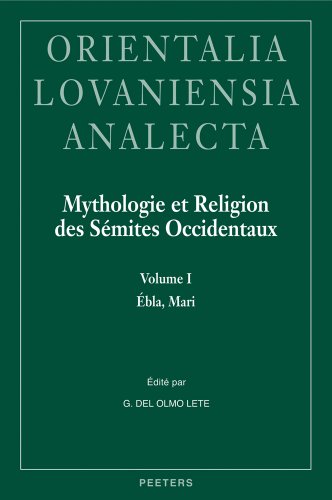 I was recently somewhat startled to learn that the Elijahs, the Isaiahs, the Ezekiels and Jeremiahs of the Bible were familiar characters in diverse ancient Near Eastern cultures long before biblical Israel appeared on the scene. I am talking about ancient Syria 900 years before the emergence of the kingdom of Israel in the archaeological record. The following information comes entirely from Jean-Marie Durand’s discussion of the Amorite religion in Syria as documented in the Mari archives. The scholarly world has known about it at least since 1948. So why has it taken me so long to learn about this class of religious persons outside the Bible? Prophets could be “anybody” who felt a call from a deity and, as in the Bible, these prophets would take their message to their rulers — a habit well known among the Bible’s prophets. Sometimes the prophets would perform symbolic acts just as we read about some of the Bible’s prophets. Very often the prophecies would be written down and stored in official archives.
I was recently somewhat startled to learn that the Elijahs, the Isaiahs, the Ezekiels and Jeremiahs of the Bible were familiar characters in diverse ancient Near Eastern cultures long before biblical Israel appeared on the scene. I am talking about ancient Syria 900 years before the emergence of the kingdom of Israel in the archaeological record. The following information comes entirely from Jean-Marie Durand’s discussion of the Amorite religion in Syria as documented in the Mari archives. The scholarly world has known about it at least since 1948. So why has it taken me so long to learn about this class of religious persons outside the Bible? Prophets could be “anybody” who felt a call from a deity and, as in the Bible, these prophets would take their message to their rulers — a habit well known among the Bible’s prophets. Sometimes the prophets would perform symbolic acts just as we read about some of the Bible’s prophets. Very often the prophecies would be written down and stored in official archives.
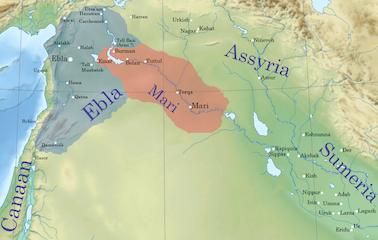
Note how familiar to the Biblical tropes it all sounds.
Indeed, at those times, people diligently sought to divine the intentions of the gods, who were thought to be deeply concerned with what was happening in this world. They wanted to know both how the gods reacted to human plans and what they expected, in turn, from human actions. In this sense, the gods behaved just like the human king, without whose authorization no initiative could be taken . . . .
Humans therefore had to inform themselves to avoid certain actions or, conversely, to be encouraged in them. However, the beliefs of the time admitted that the gods could take the initiative to send messages and warn humans, both to help and to admonish them. The contact between the spheres of the divine and the human took various forms, and an ongoing dialogue was established in several ways.
(Durand, p 431 – translation)
Certain persons felt called by a deity and would convey the messages from that god in the first person voice of god so that there could be “no doubt” that the prophet was not misinterpreting the words given him or her.
There were various kinds of prophets, including groups of full time “professionals” as well as lone figures from the lay community, men and women.
A king would sometimes take the initiative and seek the advice of a prophet (or of the god speaking through the prophet). Other times a prophet would approach the court and convey a message to the king through intermediaries.
The Calling
One text speaks of “prophets” – nabûm – as a profession, using a cognate of the same word for prophet that we find in the Hebrew Bible – nābî. The meaning is related to being named or being called.
When I arrived at Asmad, I gathered the nabûm of the Bedouins (= Bensim’alites) and took the omens for the king’s well-being.
These could only be technicians in whose presence, or thanks to whom, investigations into the future were conducted. These people also gave precise advice on conduct to the king. They thus played exactly the role one would expect from the diviner-bârûm or the prophet-âpilum. It is difficult to avoid concluding that, whatever the differences between the Old Babylonian nabûm and the Hebrew nābî’, the denomination already existed as early as the 18th century BCE and referred to someone who gave a discourse about the future.
(Durand, 434 – trans)
Recall how biblical prophets would speak of themselves being overwhelmed by God’s calling them to a difficult mission. If an ancient city-state king in Syria commissioned a servant to fulfil a duty (such as being sent to administer a neighbouring population) the act could be compared with a deity calling a prophet. Note this letter describing such a commission from the king:
My Lord has assigned me to a (too) great task; I do not have the strength (for it): (it is) like a god “calling” a human. Now, I, worm of the foundations, my Lord has touched my chin [touching by the king was a mark of transferring his power or person to another], which is characteristic of his divinity, and he has sent me among men.
. . . . It was genuinely believed that there was a personal contact between the god and the one he “called,” before sending him back (on a mission) to the humans. The individual had to literally feel summoned by the god (nabûm) at a certain point; the mission granted to him was therefore not “fixed for all eternity,” but represented a “historical event.”
The very expression in this letter “sent me back among the humans” allows us to understand why the terms “message” or “mission” were commonly used to refer to the prophetic message itself. This “prophetic mission” is emphasized in more than one text.
(Durand 435f – trans)
Being sent on a mission with a message from the god was not always said to be given to a prophet, but sometimes simply to a “man of (the) god”:
There are several documents where someone, who has no specific prophetic or religious title otherwise, arrives at the royal official’s place carrying a divine message. The most spectacular example has been known for a long time: it is . . . the Revelation of Dagan of Terqa. The god had said to Malik-Dagan: . . .
“Now, go! You are my messenger!”
The individual is defined only as “man of Šakkâ,” not as a priest, nor a prophet, and he did not seem predestined by his functions to serve as an intermediary between Dagan and the king of Mari. Another purely secular individual, a “free man’s wife,” proclaims: . . .
“Dagan has sent me.”
(Durand 436 trans)
Protocol among kings was that a gift (items of clothing or jewellery) be given to a messenger who arrived from another kingdom. The same protocol applied to a messenger from a god.
Two Types of Prophet
There were two types of prophet: the forthrightly eloquent and the “maddies”, or more technically, the muhhûm. The word derives from a verb indicating an extreme form of madness, or “completely mad”, one might say.
These muhhûm would suddenly be taken over by a fit of “enthusiasm” and stand up in the temple to cry out, or in the middle of the performing of a sacrifice would in the presence of many witnesses enter a trance and vehemently proclaim a message. There is evidence that their hair was like a “tangled mane” so we can picture them as “more or less wild and unkempt beings”. They could engage in primitive behaviour such as tearing apart an animal with hands or teeth and devouring it at the city gate to convey, say, in pantomime that the god would “devour” (send a plague) just as the prophet had devoured the animal. These muhhûm, prone to trances and behaviour of “possessed ones” could form groups. We are reminded of the Bible’s account of Saul being caught up among groups of prophets who were in trance-like state as they prophesied.
The other kind of prophet, the âpilum, could present long lyrical speeches often of high literary quality. An âpilum could be sent for by the king and ordered to find out the will of the god on a matter of policy the king was considering. The âpilum was recognized as a legitimate messenger of the god who could call on the god to find out his or her will.
Perhaps the king wanted a firm commitment from the god regarding the successes to come. The âpilum . . . may only be a simple visitor who transmitted a question from the king. He had access to the deities of the major religious centres of his kingdom and also served as a messenger between them. In the absence of the king from his capital, it is to the highest authority of the state that he reports, and it is this authority that is responsible for transmitting the information. He thus has the rank of an ambassador, and his message indeed deals with decisive matters, such as peace with one of the major powers of the time. . . . Nowhere do we see a muhhûm being entrusted with such missions and having such a regular place near the king.
(Durand, 446 – trans)
During times of war such a prophet was able to cross in and out of opposing armies lines in safety. Presumably his person was considered sacrosanct and he could serve as an intermediary between the warring parties.
The same kinds of prophets would make it clear that it was a particular deity who had raised a king to the throne, and therefore the king had a special responsibility to safeguard the temple and demands of that god. For a king to neglect the will of the god who raised him to power would be to risk divine punishment. In this situation, the prophet (âpilum) would take the initiative to visit the king and report his shortcomings. One such prophecy is recorded:
The respondent of Marduk stood at the gate of Eme-Dagan and did not cease to cry out amid the assembly of the entire country: ‘You went to the emperor of Elam to establish peaceful relations. In making peace, you handed over to the emperor of Elam treasures that belonged to Marduk and the city of Babylon. You depleted silos and warehouses that belonged to me, without returning the favors I bestowed. And now you want to go to Ekallâtum? He who has spent a treasure that belonged to me must not ask me for its interest.’”
In this situation the prophet cries out like a wild “muhhûm” but in fact his speech is “longer and more complex” that that of the one possessed.
Many of the prophecies recorded were exhortations to the king to continue in his policies of ruling well and piously. Others were long lists of tirades predicting the doom of neighbouring kingdoms.
There were other types of positions that we might think of as related to prophets, such as “seers”. Seers would be tasked with casting lots to acquire a yes/no answer at appropriate times and places such as whether or not to accept a treaty, to besiege a city, and so forth.
Authenticating the message
In the texts that use the formulation “He stood up and…” or “He had a trance” …, the prophet does not specify that he is sent by the deity: the latter indeed speaks directly, in the first person, through his mouth; the assistants observe the event; the evident manifestations of the ecstatic phenomenon are sufficient. . . . Some ecstasies must have taken place far away or without witnesses, and those to whom the divine words were reported had not witnessed them. This is the example of Malik-Dagan named messenger by Dagan in the solitude of a dream . . . Another text specifies:
Now I have written down the oracle he delivered to me, and I sent him to my Lord. However, the oracle, he did not deliver it to me in secret; it was during the assembly of the Elders that he delivered his oracle.
(Durand, 437f – trans)
In cases where the prophet did not deliver the message in person to the king, the message would be written down and delivered by a court official:
Quite often, however, the prophet . . . does not go directly to the king but passes through an intermediary. Only these situations would have led to the drafting of a tablet, while those where the king was directly addressed did not leave written records. . . .
When the man “mandated by the god” does not plan to deliver the message to the king himself, he goes to the legal authority to entrust him with it, possibly emphasizing the responsibility incurred in case of failure to convey the information. An official specifies:
“This man repeated this dream to me and placed (all) responsibility on me, saying: ‘Write to the king!’ That is why I have written to my Lord.”
(Durand, 438 – trans)
The official relaying the message to the king was only fulfilling his job responsibility of keeping the king informed of all important news, including messages from the gods.
Several times, we notice that the royal official before whom the bearers of prophecies present themselves imposes witnesses on them. This was likely a means of ensuring that the message was transmitted to the king accurately and that the official had no personal interest in what was being demanded of the king. It is a safeguard for the official, not for the prophet, whose speech is in some way fixed ne varietur. This procedure is particularly illustrated during the claims made by Addu of Kalassu against the territory of Alahtum …. But the motivations for the operation become clear when we see that a … scribe, sent to record the respondent’s words, does so in the presence of witnesses so that the expression on the tablet cannot be contested.
(Durand, 439 – trans)
When sending a message to the royal court the prophet would include some personal token such as a lock of hair or a cord attached to an identifying seal. It was up to the king to decide whether to follow up the delivered message. Sometimes practical wisdom outweighed any hints a prophetic message might have against a proposed action.
In any case, the sincerity of the prophet is never questioned, even if the stakes are politically very significant. Such suspicions are the product of modern mentalities. “False prophets” are prophets of false gods, not “simulators.”
(Durand, 480 – trans)
.
There was a diverse range of both prophetic messages and literary forms.
Types of messages
Threats against foreign countries Continue reading “Meet the Prophets of Israel’s Predecessors”

